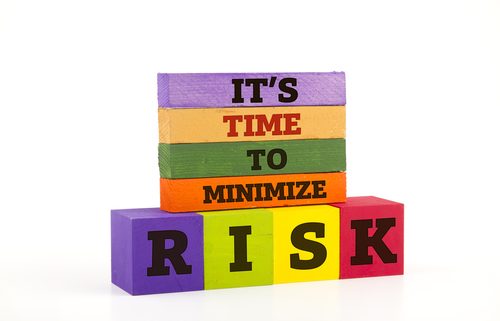How Retirement Investors Can Use a Self-Directed IRA to Decrease Risk Exposure
It is something every retirement investor has to deal with: risk. Sure, on a long enough timeline, an investor’s risk tends to decrease, particularly if they know how to diversify their assets. But what if your timeline isn’t so long? And what if your decisions are sometimes driven by the short-term pain of watching a stock market correction? A Self-Directed IRA is a great option for anyone who wants to decrease their overall risk exposure by diversifying into different asset classes.
What is Risk Exposure?
In investing, risk exposure simply refers to the risk you take on through the selection of assets in your portfolio. For example, putting your complete retirement funds in a single stock would increase your risk exposure because it means that you are only relying on the performance of one company for your returns. That is why investors flock to index funds and mutual funds for broader diversification of risk. Owning a pool of stocks decreases the overall weight of any one stock and—hence—any risk.
Retirement investors have to strike a balance between taking these risks and seeking great rewards. For example, investing in a single stock can have a high upside in that the stock could take off and far outperform the broader market. But the risk is that it could turn the other way just as easily.
But here is a key point: investors can decrease their risk exposure through broader access to the stock market, sure. But where does that leave investors when the stock market itself goes through a correction or—even worse—a crash?
Diversification of Assets Through a Self-Directed IRA
The answer is in the diversification of assets allowed through a Self-Directed IRA. Because a Self-Directed IRA lets retirement investors hold real estate, precious metals, and other non-traditional assets within a retirement account, you can then broaden your diversification beyond the stock market.
That means that you will also be on the hook for less overall risk when there are problems in the stock market. True: when the stock market tanks, it is not great for the economy as a whole. But there are other assets you can hold in a retirement account that can hold up in these situations—and, in some cases, even prosper. For example, precious metals often increase in price during times of rampant inflation, which is one scenario that retirement investors prepare for.
Finding the Right Balance with a Self-Directed IRA
Because American IRA is a Self-Directed IRA administration firm and not a financial advisor, we do not tell you what to do with your portfolio. We do not tell you which investments to make. Instead, we can educate investors and point to the advantages of holding retirement assets within a Self-Directed IRA.
Another issue? The correct balance may be different for some investors. For experienced real estate investors, holding more real estate within a portfolio can be a major advantage that leverages their skills for finding a great deal. For other investors, precious metals can provide the kind of security they need to take chances in other areas of their personal portfolio.
The bottom line: you do not need to put your eggs in one basket when it comes to retirement. A prepared investor can hold plenty of different asset types beyond the stock market to help ensure that their portfolio is not only secure when economic trouble hits but may even thrive with the right investments.
Interested in learning more about Self-Directed IRAs? Contact American IRA, LLC at 866-7500-IRA (472) for a free consultation. Download our free guides or visit us online at www.AmericanIRA.com.









